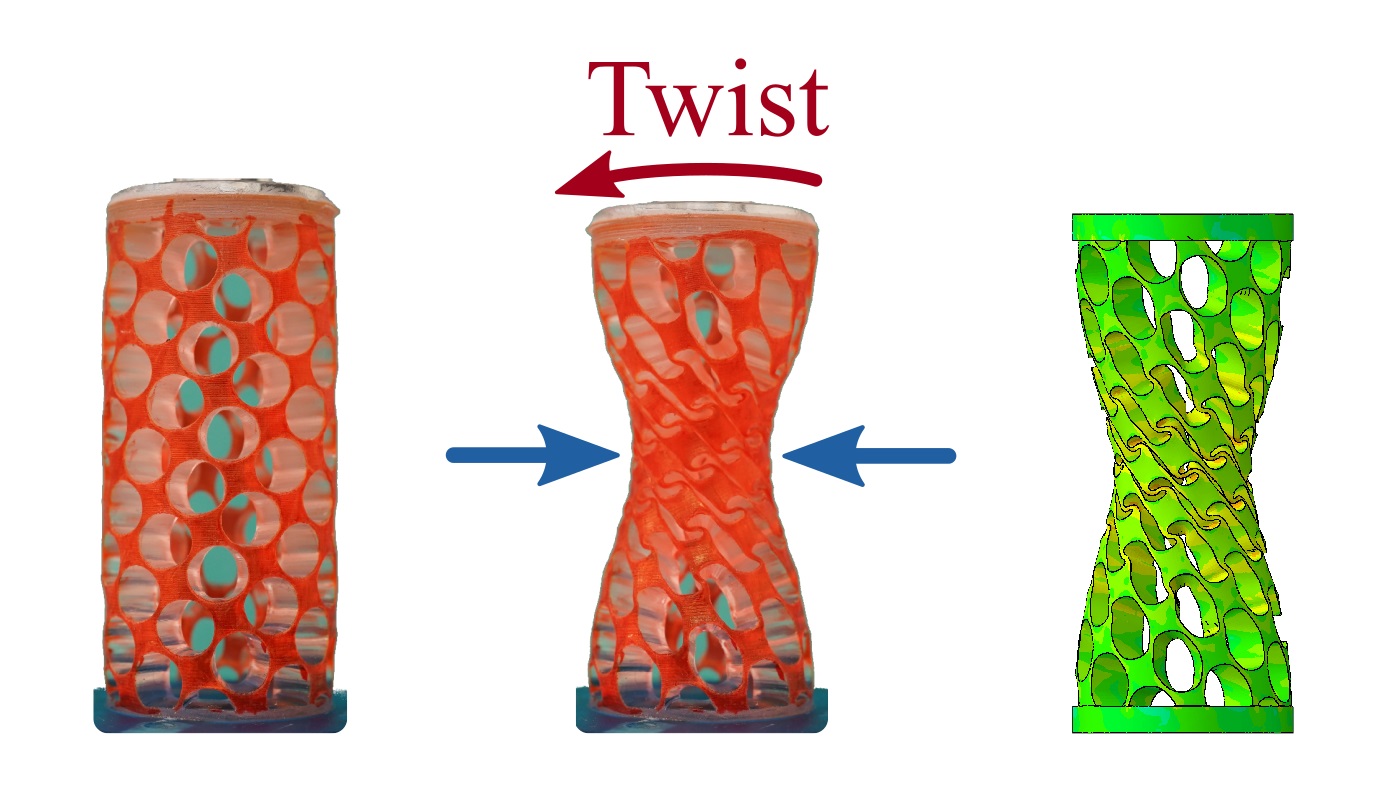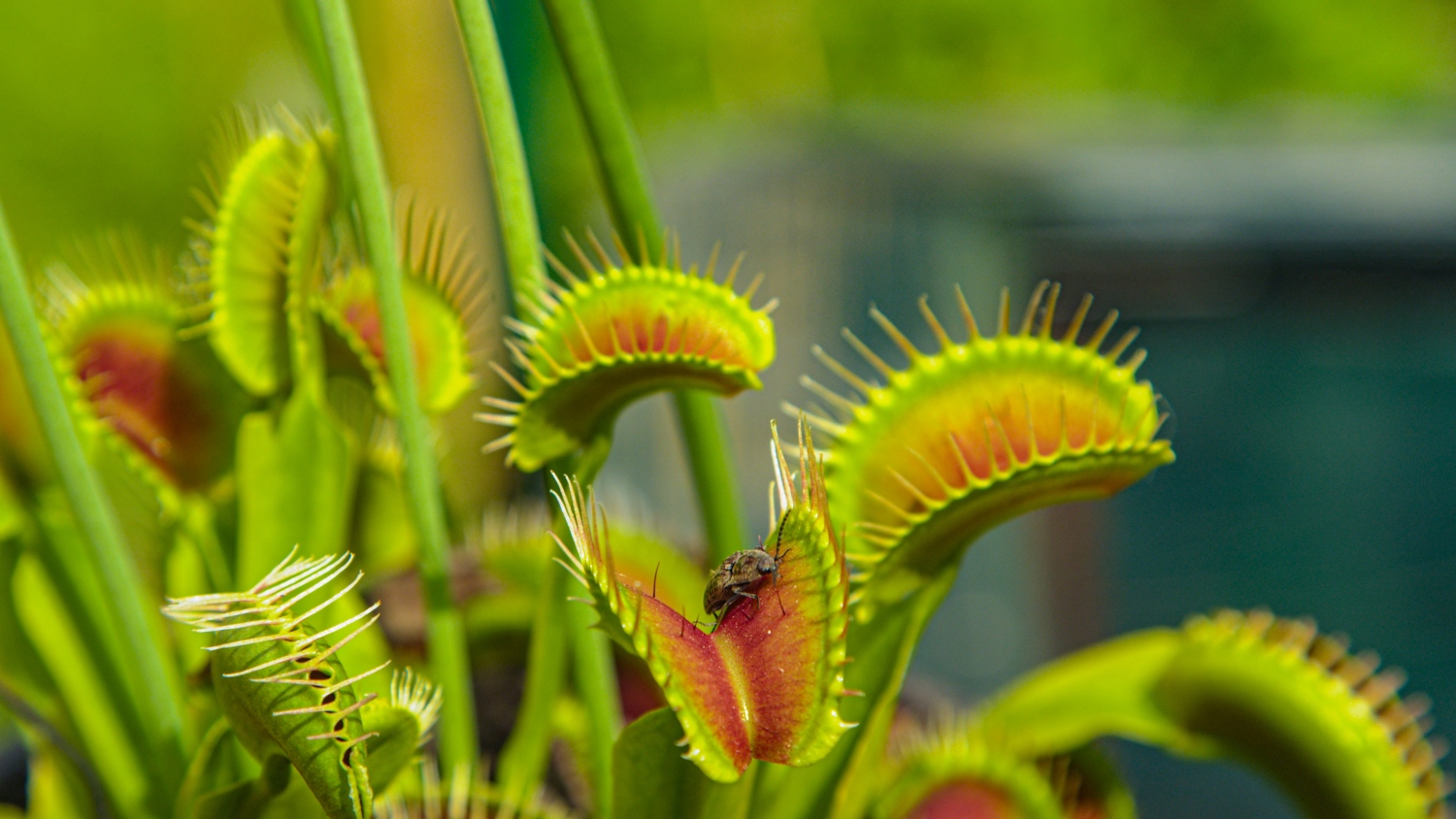Can a rope become stronger when you pull on it? No, of course not, you would think at first. But PhD candidate Martijn van Galen proved the opposite in a world first.
Admittedly, this particular rope doesn’t exist yet, but it’s just a question of time. Physical chemist Martijn van Galen has proved beyond doubt that it is possible. He describes how in his doctoral thesis Catching Up!, for which he got his PhD last week. It is the first time a linkage has been designed by a human that becomes stronger under tension.
The title of his thesis refers to our competition with nature. Nature uses plenty of linkages that become stronger under tension. They are called catch bonds.
Catch bonds were first shown to exist in 2003. ‘Initially, that was in the rolling movement of white blood cells that accumulate in places with inflammation,’ says Van Galen. ‘White blood cells in the bloodstream become attached loosely to a specific receptor protein on endothelial cells. That protein is created locally where there is an inflammation. The blood flow in the bloodstream pushes against the white blood cells. This leads to a tensile force exerted on the receptor proteins, and the linkage then becomes stronger because these receptor proteins have catch bonds.
We tested dozens of different designs. It involved a lot of trial and error
So the tensile force makes the loose connection change into a much stronger bond. The result is that the rolling blood cells are stopped, and stay in the vicinity of the inflammation.’
The receptor protein deforms when you pull on it, exposing a binding site hidden in the centre of the protein that the white blood cell can also attach to. ‘Catch bonds are frequently found in nature in processes involving mechanical forces, where the stability of tissues is at stake,’ explains Van Galen. ‘An example is proteins that pull DNA strands apart during cell division.’ In his thesis, he lists various of these biological processes. ‘Such bonds probably play a role in many more processes, but it’s not easy to demonstrate that. You need complex measurement methods.’
Synthetic replica
Catch bonds may be pretty commonplace in nature, but humans have never been able to make one. Van Galen’s supervisor Joris Sprakel had been toying with the idea of how to do this for a while. He found an ally in Van Galen. ‘I had got a grant from the VLAG graduate school to synthetically replicate allostery in proteins — changing form and function. Catch bonds are also a kind of allostery. How can you design a kind of switch that breaks under the influence of a mechanical force and as a result forms a stronger bond? That is essentially what a catch bond does.’
The catch bond designed by Van Galen consists not of proteins but of two pieces of single-stranded DNA (see the illustration). One of the two pieces is partly folded like a hair grip. In normal conditions, the two pieces of DNA become loosely attached. That changes under tension. ‘The hair grip opens up like a zip, and the inner part of the zip becomes available to enable a bond with a section of DNA on the other piece that is a perfect fit.’
In practice it’s not as simple as presented here. Van Galen: ‘There are various modules in the catch bond that all need to respond differently to the forces. Some have to be more sensitive to the tensile force than others, otherwise it won’t work. We have tested dozens of different designs. It involved a lot of trial and error. The system also has to be reversible.’
Open zip
It is basically an interplay between thermodynamic and mechanical stability, explains Van Galen. ‘In the strong state, the bond is mechanically strong but thermodynamically weak. The opposite applies in the weak state. It doesn’t take much effort to zip open the hair grip but it takes a lot of force to break the catch bond. But the hair grip is better from an energetic perspective. That is why our catch bond works.’
To show he had genuinely designed a catch bond, Van Galen returned to the rolling white blood cells. He created artificial ‘blood cells’ made of little polystyrene balls (1.5 micrometres in size) attached to one of the two strands of DNA. The balls were sent down a glass liquid cell (the ‘bloodstream’), the wall of which was covered with the second DNA strand. The proof was clear. As the force increased, the particles rolled more slowly. ‘The catch bond slows down the rolling speed because the bond becomes stronger. As the force is increased, they stand still for an increasing proportion of the time. That is the most important proof.’
Van Galen calls this a breakthrough. ‘This is the first time a catch bond has been made synthetically. Of course, more needs to be done to be able to apply this and incorporate it into materials. But that would be so cool. Stabilization when force is applied, coded into the material itself!’ However much fun this would be, he won’t be doing it himself. He is taking his career in another direction that enthuses him: the computer simulation of molecular systems.

 With synthetic ‘catch bonds’, a rope could become stronger when subject to a tensile force. Photo Unsplash / Jakob Owens
With synthetic ‘catch bonds’, a rope could become stronger when subject to a tensile force. Photo Unsplash / Jakob Owens 

